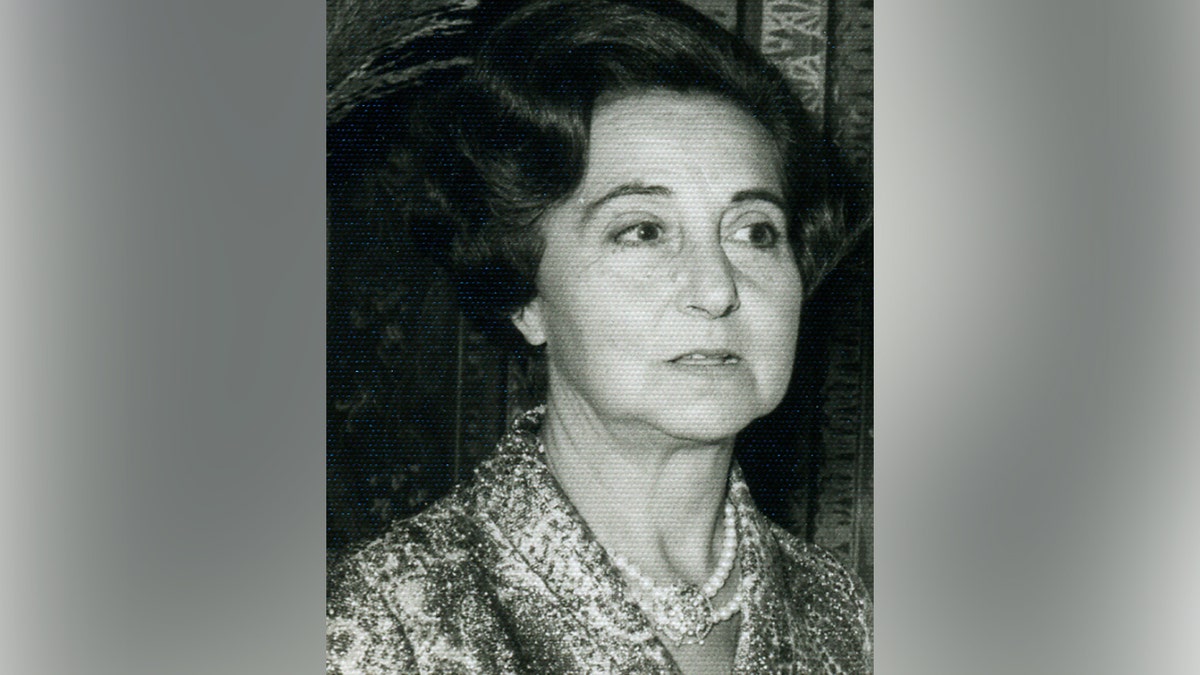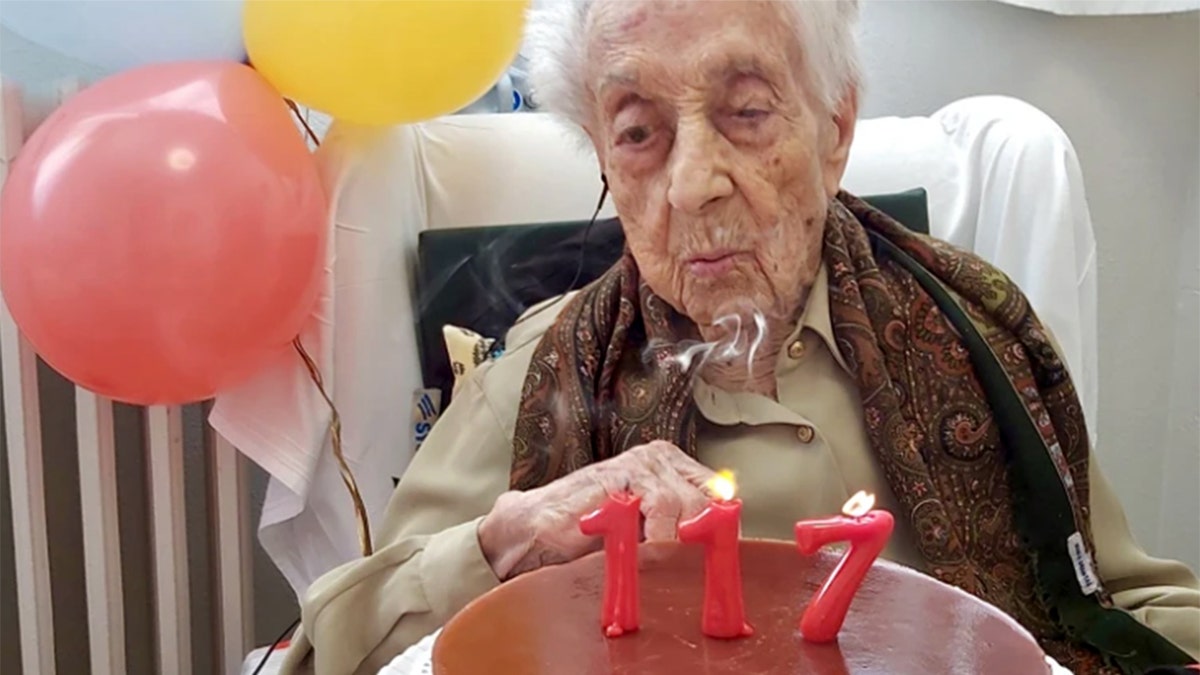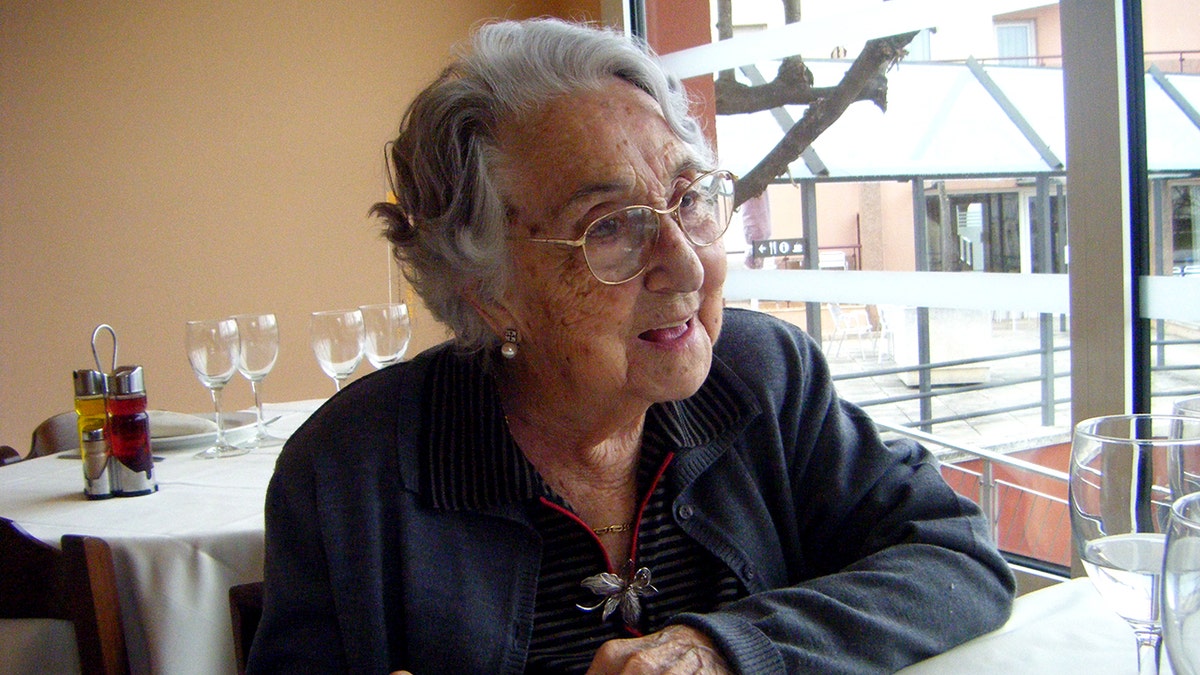NEWYou can now listen to Fox News articles!
At 117 years old, María Branyas was confirmed by Guinness World Records to be the world’s oldest living person — and researchers say her long life wasn’t just good luck.
In a statement to Guinness, Branyas attributed her longevity to “order, tranquility, good connection with family and friends, contact with nature, emotional stability, no worries, no regrets, lots of positivity and staying away from toxic people.”
Before her death on Aug. 19, 2024, scientists at the Josep Carreras Institute in Barcelona, Spain, studied Branyas’ gene samples in an attempt to confirm the reasons for her longevity.
7 COMMON FITNESS MISTAKES OLDER ADULTS MAKE AND HOW TO AVOID THEM FOR BETTER WORKOUTS
Led by Dr. Manel Esteller, head of the Cancer Epigenetics group at the Josep Carreras Leukaemia Research Institute, the research team used non-invasive methods to sample three types of tissues, according to a press release.
They analyzed Branyas’ genome (DNA sequencing), epigenome (DNA methylation), transcriptome (expression of genes at the RNA level), proteome (expression of genes at the protein level) and metabolism (small molecules such as cholesterol or sugar).
Although the team detected signs of aging in their analysis, they also found that Branyas had “genetic characteristics associated with neuroprotection and cardioprotection,” as well as low levels of inflammation.
“Branyas had an exceptional genome enriched in variants in genes that are associated with enhanced lifespan in other species (such as dogs, worms and flies) and in genes that provide cardiolipidic protection and retention of cognition,” Esteller told Fox News Digital.
“At the same time, she was devoid of gene variants associated [with] the risk of pathologies such as cancer, Alzheimer’s and metabolic disorders.”
7 STEPS TO ‘SUPER-AGING’ ARE KEY TO LIVING A LONGER, MORE FULFILLING LIFE, EXPERTS SAY
Branyas also had a large amount of the beneficial bacteria Bifidobacterium in her microbiome (gut), which the researchers chalked up to her frequent consumption of yogurt.
Bifidobacterium boosts the immune system, balances inflammation, regulates metabolism and helps to digest certain carbohydrates and dietary fibers.

“We explained to her that the consumption of yogurt and the composition of the bacteria in her gut could be related to her long lifespan,” Esteller said.
“In addition, her lipid profile was amazing — very low cholesterol, low LDL (the bad fat) and high HDL (the good fat),” he went on. “This was related to her frugal diet and genes that quickly metabolized the damaging molecules.”
Branyas also never smoked or drank alcohol.
“The consumption of yogurt and the composition of the bacteria in her gut could be related to her long lifespan.”
She had a biological age younger than her chronological age, as determined by epigenetic markers, the researchers found.
This study, which was published in the journal Cell Reports Medicine, was the most thorough deep dive into the biology of supercentenarians (people over 110 years), according to Esteller.
He referred to Branyas as an “exceptional person, with a smile that lit up the room and an optimism we deeply need,” plus someone who “was eager to help others” by participating in the study.

According to Guinness, Branyas had no health issues other than being hard of hearing and having some mobility issues, and her mind was “perfectly lucid.”
Overall, the fact that she lived to 117 without serious disease shows that aging can be “clearly distinguished from illness,” the researchers wrote.
“I think longevity is also about being lucky. Luck and good genetics.”
The team concluded that a “healthy diet, a stimulating and diverse social network, and the absence of toxic habits” likely played a role in Branyas’ “exceptional longevity,” although they also noted that more research is needed to link biological characteristics to specific habits.
Branyas also told Guinness, “I think longevity is also about being lucky. Luck and good genetics.”
6 factors of longevity
In their study, the researchers identified the following factors that likely fostered healthy aging and extended Branyas’ longevity, according to Esteller.
- A “protective and resilient” genome with variants that were linked to longevity and warded off major disorders
- A metabolism that quickly removed dangerous fats and sugars
- A low level of inflammation
- An efficient immune system that was able to attack invading microorganisms without targeting the cells (thus avoiding autoimmune disorders)
- A beneficial microbiome characteristic of a much younger individual, with several anti-inflammatory bacterial strands
- A biological age around 23 years younger than her chronological age

The biggest takeaway from the study, according to Esteller, is that it identified markers of healthy aging with a good chance of achieving considerable longevity.
“For example, her very short telomeres showed that those cells have divided many times, but that did not affect her well-being,” he said. “The rejuvenated microbiome and epigenome provided a plus for the extreme lifespan.”
CLICK HERE TO SIGN UP FOR OUR HEALTH NEWSLETTER
The study also suggests that dietary changes could not only help to avoid obesity and other related diseases, but could also extend lifespan by improving gut health.
“Finally, the identification of genes linked to the supercentenarian feature might provide new targets for pharmacological development, opening the door for more ‘intelligent’ drugs to increase healthy lifespan,” Esteller said.

The study did have some limitations, the researchers noted, including the fact that aging is a “highly individualized process” shaped by many genetic and environmental factors.
“Drawing broadly applicable conclusions from a single subject should be taken with caution,” they wrote, noting that more detailed studies of aging hallmarks are needed.
For more Health articles, visit www.foxnews.com/health
“A final limitation of our work is that we have not studied the effect of exercise or metabolic tuning, or assessed the effects of drugs targeting some of the observed features to explore their potential anti-aging effects,” the researchers added.
Read the full article here










